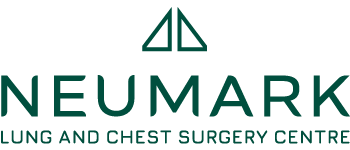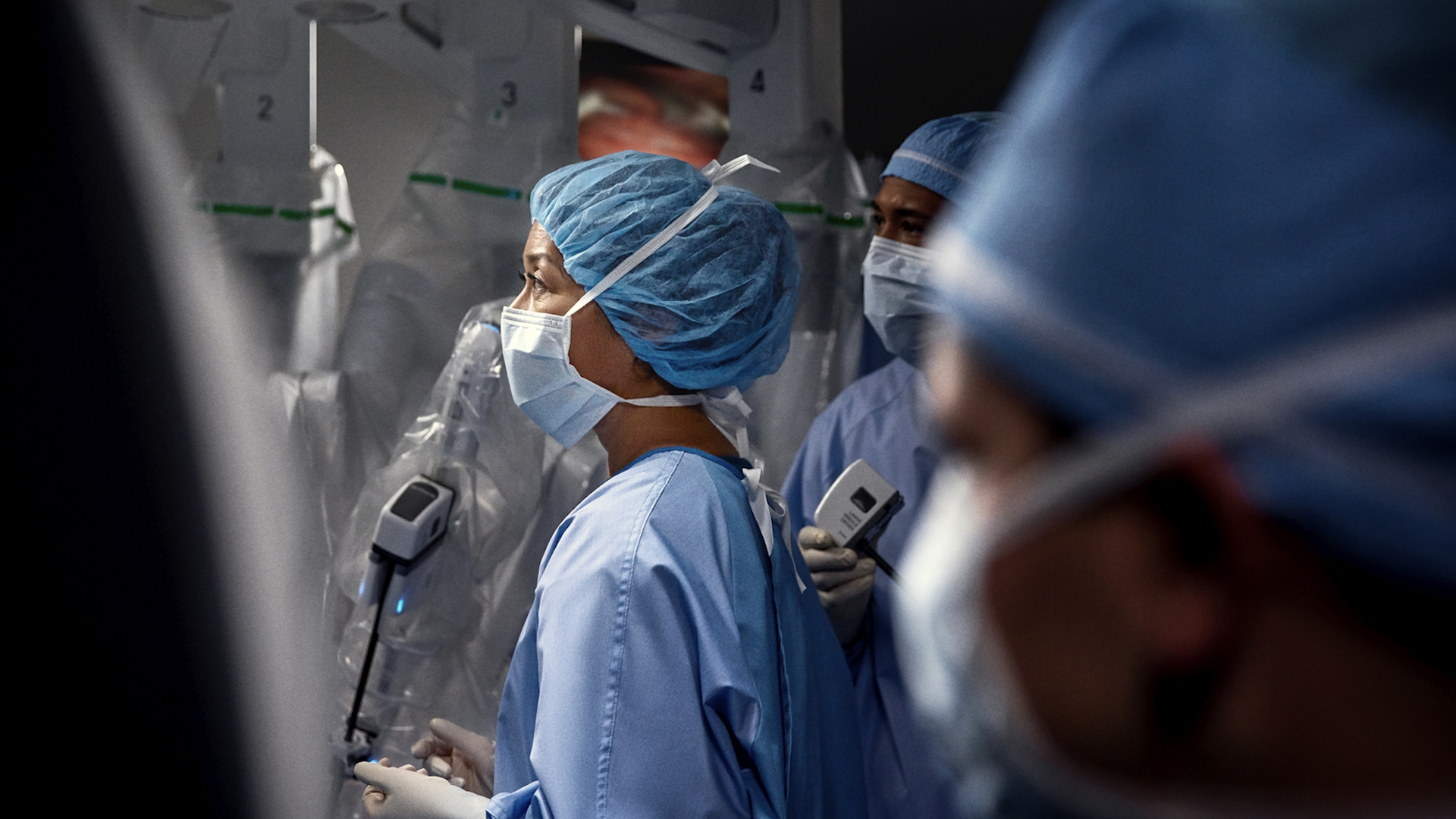Non-Small Cell Lung Cancer No Longer A Disease of Smokers
Non-small cell lung cancer (NSCLC) is an umbrella term for several types of lung cancer, including adenocarcinoma, squamous cell carcinoma, and large cell carcinoma. Its prevalence accounts for approximately 85% of lung cancer diagnoses. Let’s examine the statistics on NSCLC.
On average, 23 out of 100 people with lung cancer live for at least 5 years after their diagnosis. However, this depends a lot on how early the cancer is found.
Finding lung cancer early is key because the window for life-saving surgery can be too late once it metastasises. If it’s caught early and stays localised in the lung, 61 out of 100 people can expect to live for 5 years or more. If the cancer has started to spread to nearby areas, this number goes down to 34 out of 100. If the cancer has metastasised to other parts of the body, only 7 out of 100 people might live for 5 years or more.
While lung cancer is not exclusive to just smokers anymore, Dr Harish Mithiran, senior consulting thoracic surgeon at Gleneagles and Mt Alvernia Hospitals in Singapore, highlights the undeniable impact of tobacco use on lung health and the subsequent risk of lung carcinoma.
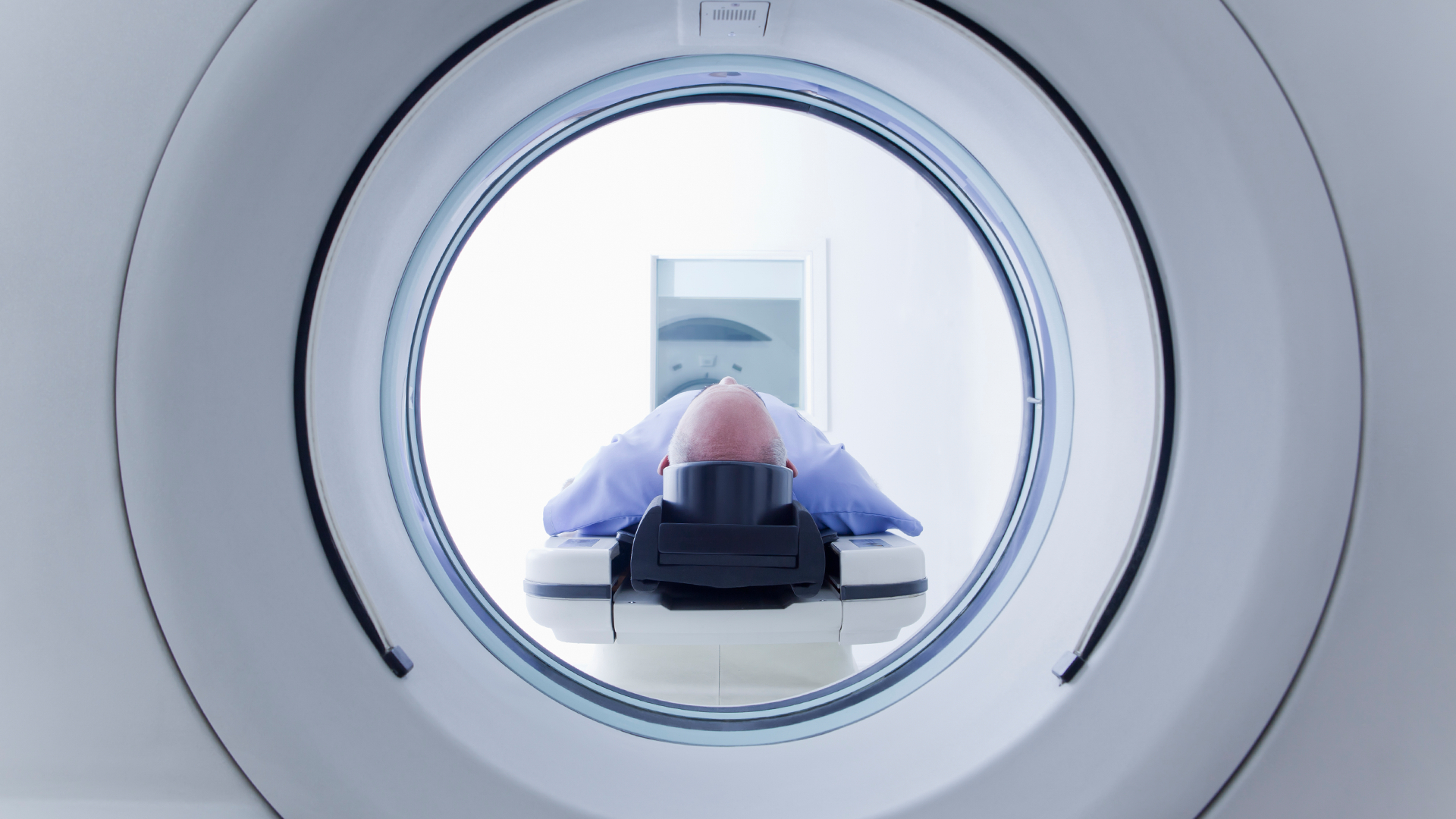
“Unfortunately, the disease often goes undetected until it has spread to other parts of the body. This is more often the case than early detection,” Dr Mithiran notes. With the shifting demographics of nonsmokers getting this fatal disease, getting screened early is the best prevention against the silent progression to advanced stages.
Fortunately, diverse treatments exist for NSCLC, offering hope for those diagnosed.
By understanding the risk factors and the importance of early detection, individuals can take proactive steps to give hope to those diagnosed.
With the significant advancement of clinical understanding and depending on the stage and characteristics of the disease, surgical interventions, chemotherapy, radiation therapy, and even targeted genetic therapies can offer a path towards managing — and potentially curing — NSCLC.
What Exactly Is Non-Small Cell Lung Cancer?
Non-small cell lung cancer takes the top spot as the most common type of lung cancer. But how does it grow in the body?
Imagine tiny rebels in your lungs – normal cells gone rogue, reproducing out of control. These cells grow uncontrollably to form tumours called carcinomas, wreaking havoc on the lining of your bronchi, bronchioles and alveoli airways.
NSCLC, unlike its relative small cell cousin, exhibits uncontrolled growth across the lung’s surface. This rapid cell division disrupts normal lung function by blocking and damaging the lung’s structure, affecting oxygen and carbon dioxide exchange. This leads to shortness of breath, coughing and chest pain.
NSCLC is classified into three main types based on the affected cells: adenocarcinoma, which starts in the mucus-producing cells; squamous cell carcinoma, which originates in the flat cells lining the airways; and large cell carcinoma, which is known for its rapid growth and can occur in any lung area.
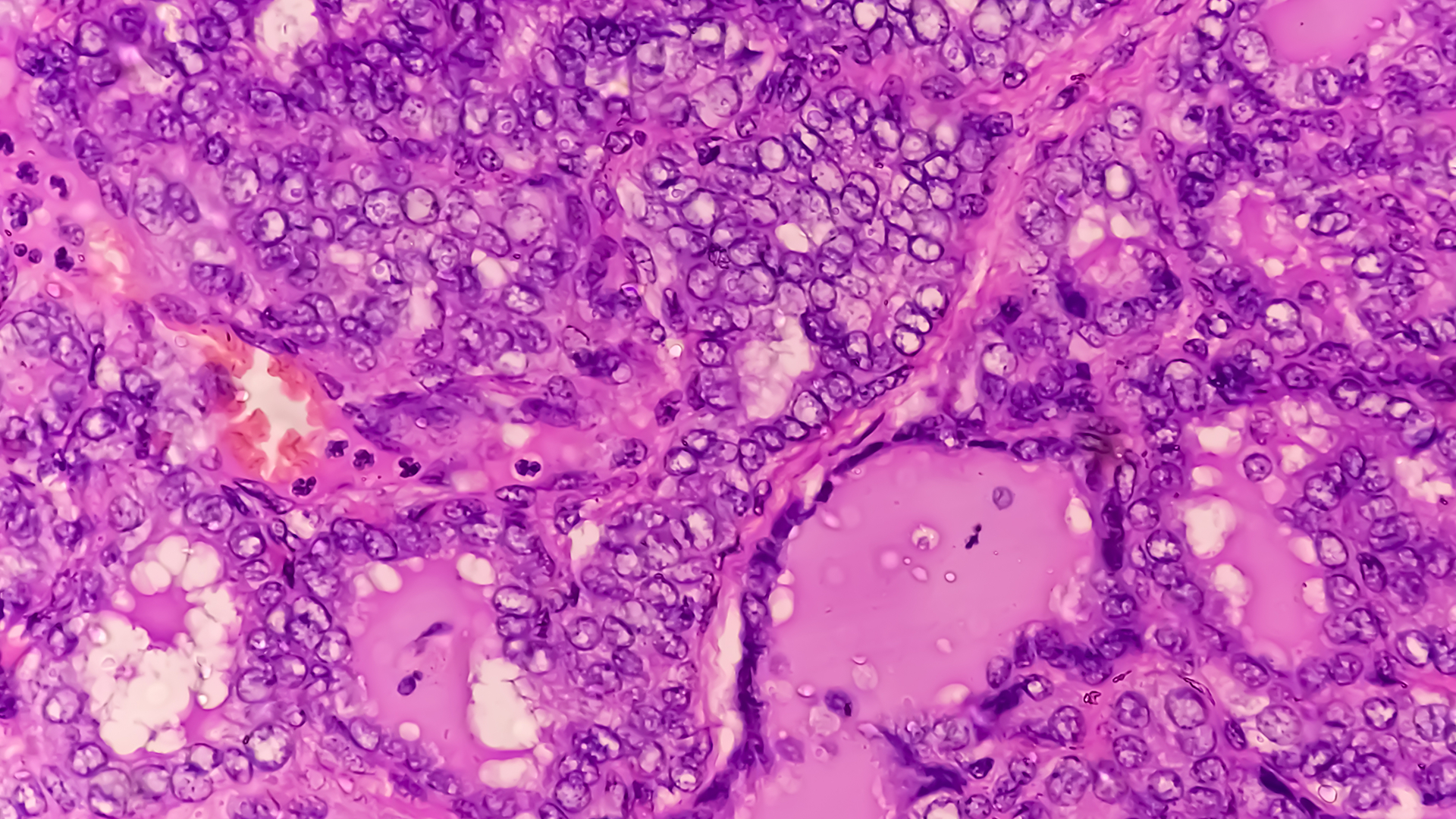
Adenocarcinoma accounts for approximately 87.3% of NSCLC cases in Singapore, which affects both smokers and nonsmokers. Typically starting in the lung’s outer regions, it arises from mucus-producing cells within small air passages of our lungs. Its slower growth rate than other lung cancers often leads to more favourable outcomes.
Squamous cell carcinoma originates in the flat cells lining the bronchi and is more likely to spread to other areas of the body, thus making it more challenging to treat. Compared with different types of lung cancer, it is strongly linked to smoking.
Large cell carcinoma, a less common type of NSCLC, can develop in any lung area and is known for its aggressive nature.
Diagnosing and treating NSCLC takes a tailored approach due to its varied types. The disease’s onset is influenced by a mix of genetic, environmental and lifestyle factors, with smoking being a significant risk. Other contributing elements include second-hand smoke, environmental pollutants and health conditions like COPD, which further complicate the picture. Factors such as genetic predispositions and lifestyle choices underline the importance of broad prevention strategies, early detection and healthy living to reduce NSCLC risks.
Don’t Ignore Common Symptoms, Like A Persistent Cough
NSCLC often presents symptoms similar to less serious conditions or develops due to long-term smoking, leading to delayed diagnoses in approximately 80.7% of males and 76.8% of females.
Yet, the importance of early detection cannot be overstated. The specific life expectancy for Stage 4 NSCLC in Singapore is between 5% to 9%; however, it’s important to note that survival rates can vary widely depending on various factors, including the specific characteristics of the cancer, treatments and the patient’s overall health.

For those aged 55-80 with a significant history of smoking, annual screenings offer the best chance for early detection and improving survival rates. Low-dose CT scans act as a window into your lungs, allowing our lung specialists to spot abnormalities before they cause any symptoms. This early detection can be the difference between living a healthy life and a more challenging fight against cancer.
When cancer is suspected, additional tests like biopsies and genetic testing are crucial for developing personalised treatment strategies. Lung biopsies, whether through bronchoscopy to visualise and collect tissue or through needle or incision biopsy to remove lung tissue, are essential for analysis. Following a confirmed NSCLC diagnosis, genetic testing analyses your cancer’s specific traits, enabling a tailored treatment plan.
Early detection is the cornerstone of effectively combating NSCLC. Discussing screening options with a thoracic specialist is critical if you’re in the high-risk category. We can significantly enhance the outlook for those with NSCLC through early detection and proactive measures.
How Neumark Surgery Treats Non-Small Cell Lung Cancer
The strategy to combat NSCLC is tailored to a few key factors: the extent of the cancer’s spread, your general health and age, and the presence of specific proteins that may affect the effectiveness of treatments. For cases of NSCLC caught in the early stages before it has spread, patients can access minimally invasive surgery options that aim for the best possible outcomes.
One such method is video-assisted thoracoscopic surgery (VATS), which involves using small incisions and a camera to see inside the surgery area. This technique allows surgeons to work with high precision and helps patients recover quicker than traditional open surgery. Another advanced option is the da Vinci system, which uses robotic-assisted arms the surgeon controls to make very small incisions. This robotic surgery offers surgeons enhanced precision and vision, potentially improving patient outcomes.
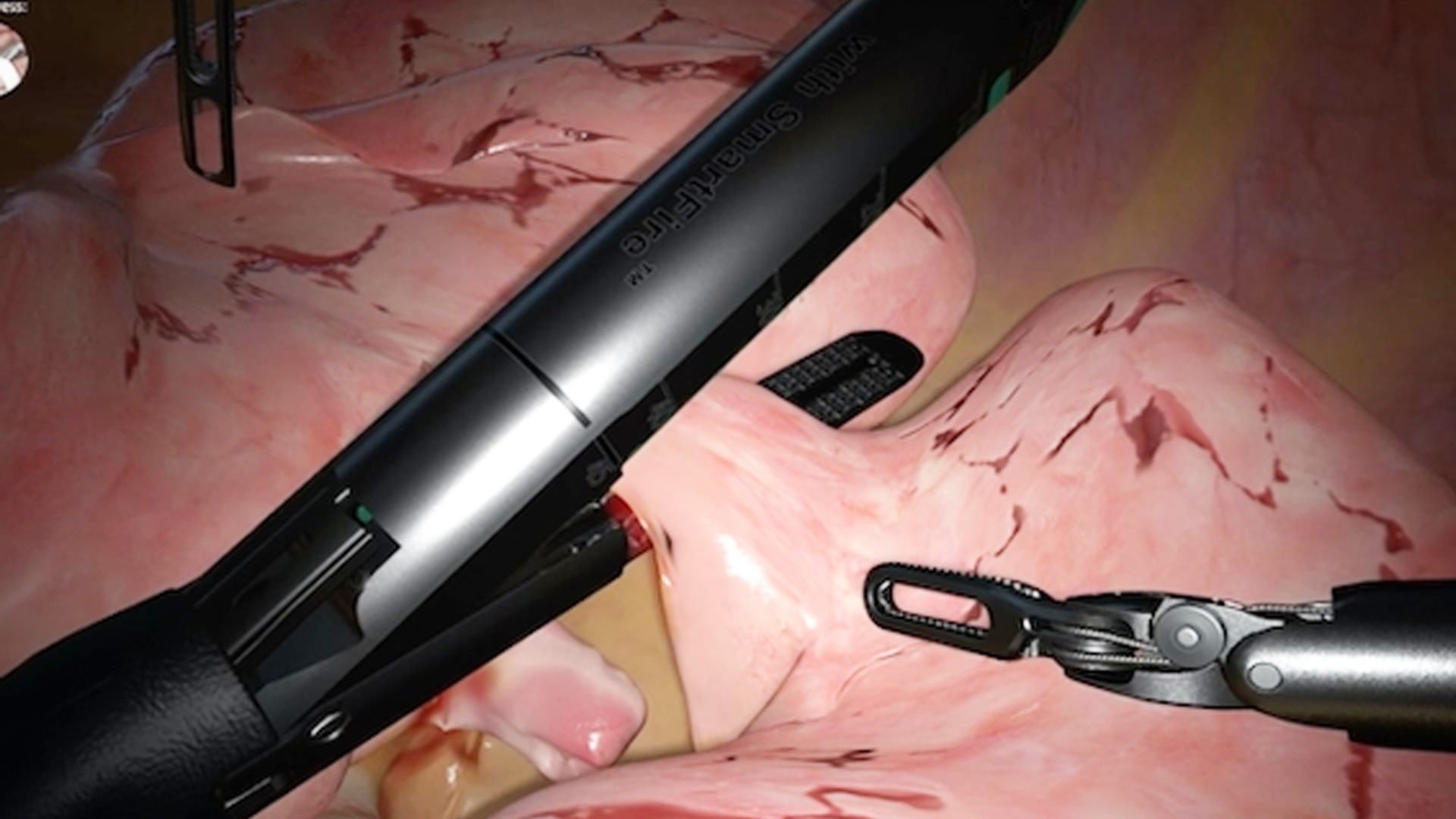
Schedule a Consultation
When cancer has advanced beyond the lungs, the approach to treatment expands beyond surgery alone. Your lung cancer surgical team, consisting of multidisciplinary specialists from various fields, will decide on the best treatment or combination of treatments for you after a thorough assessment. Lung cancer treatment may include chemotherapy, which aims to eliminate cancer cells throughout the body; radiation therapy, which uses focused beams to target and kill cancer cells; or targeted drug therapy, which attacks specific molecular changes in cancer cells, offering a customised treatment plan.
Beyond Standard Care, New Hope for NSCLC Patients
At the Neumark Lung Cancer Treatment Centre, patients can access novel surgical techniques that open new doors for those battling lung cancer. Under the leadership of Dr Mithiran, the centre is at the forefront of developing lung cancer treatments and conducting ongoing clinical research. This work is grounded in a patient-centred approach to enhance recovery and improve outcomes for non-small cell lung cancer patients.
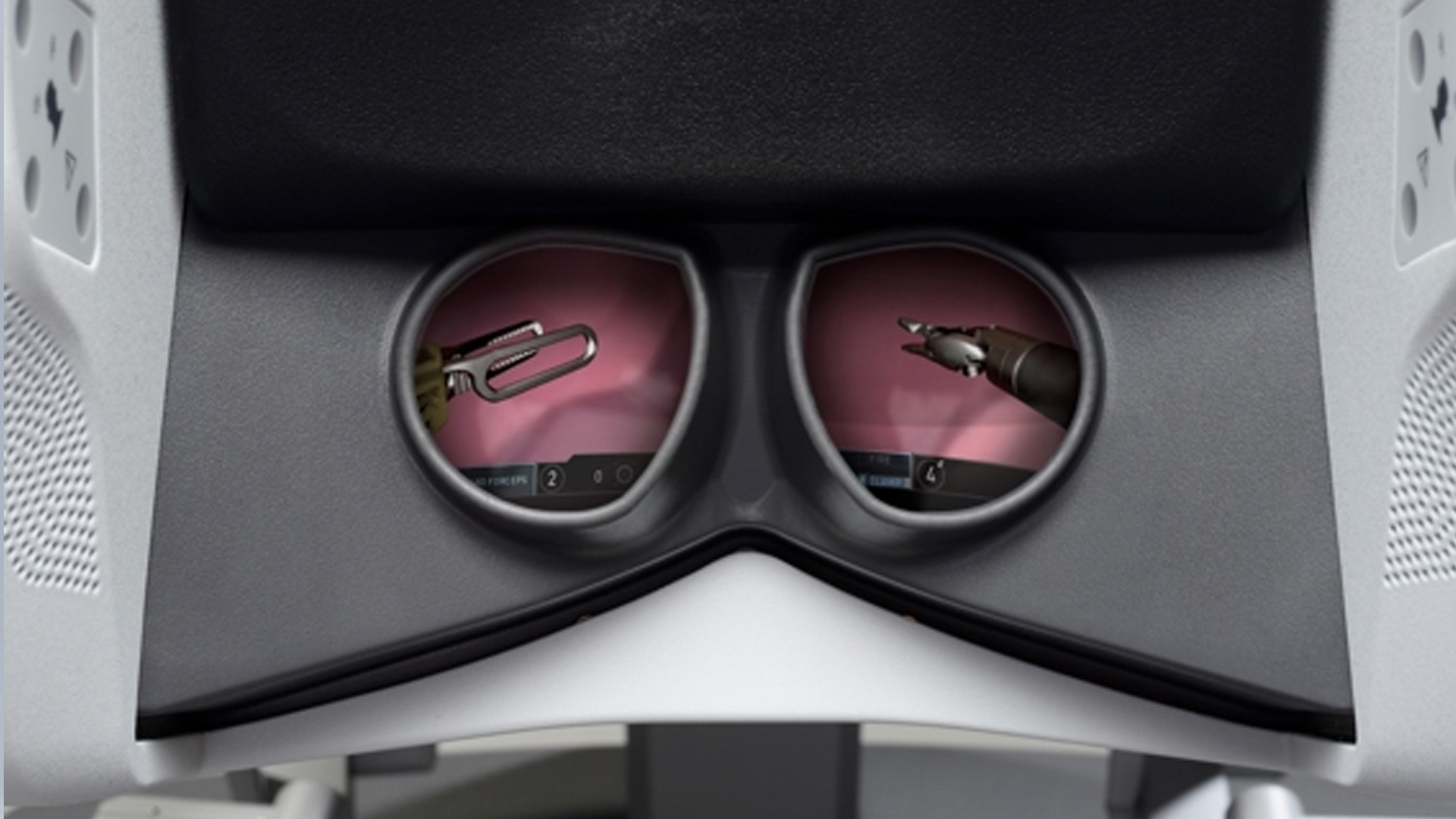
Dr Mithiran explains, “Our approach has always been pioneering innovative surgical methods for lung cancer. We collaborate closely with our patients, involving them deeply in their treatment plans. This partnership is crucial to navigating their cancer journey successfully.”
Neumark Surgery demonstrates its commitment through a specialised thoracic programme with early prevention and technology at its heart. In partnership with leading hospitals like Gleneagles and Mt Alvernia in Singapore, this initiative introduces our patients to the latest medical breakthroughs. Together, these institutions are leading the charge in advancing lung cancer care, offering new hope and better treatment options for those facing NSCLC.
If your doctor has discovered abnormal lung nodules, or if you’re experiencing symptoms beyond a typical cough and suspect something more serious, contact Neumark Lung and Chest Surgery Centre today for a consultation that could save your life.
